About this time two years ago, I got internet famous for doing all this faux-science stuff to soup dumplings, having my friend Ailadi arrange the pile of data into something beautiful, and calling it an index — The Shanghai Soup Dumpling Index. The idea was part-serious and part-satire but it really did involve me going around to more than 50 restaurants with a pair of calipers and a digital scale and dissecting dumplings for weeks and weeks. I built a formula to show which dumplings hewed closest to the ideal technical dumpling – what a dumpling engineer might make – and I gave directions to each shop, down to the exact number of meters between the closest metro station exact and the shop door.
The index gave a lot of detail about the soup dumpling. But there’s one thing it didn’t do: tell you how to eat them. So here, for the ages, is how and where to eat soup dumplings in Shanghai.
After this, I promise to never write about soup dumplings again.
There’s a lot of ways to divide up the world of soup dumplings but I’ve organized this list, a sort of distillation of all the places I went to for the index, from most essential to least essential. As in, if you’re a tourist, start at the top of this list and just work your way down. I’ve put in a couple for the completists and some just to show off but those are farther down.
***
1 (and 2). Jia Jia Tang Bao and Fuchun
The first two come as a pair. Jia Jia Tang Bao and Fuchun Xiaolong. It’s true, they are both overexposed, and they draw a lot of tourists. But so what. In years of going to both, the tourist factor hasn’t seem to caused either of them any harm. I put them together because they are not so far apart geographically (you could do both in an hour) and, more importantly, they represent two schools of soup dumplings. The Jia Jia school prizes a super-thin wrapper and a mild pork flavor. They are refined. The Fuchun school emphasizes the flavor of the pork, at the expense of basically everything else. Those are the two schools. I made them up. But it makes the world of soup dumplings easier to talk about, without resorting to “good” and “bad”. Thin and dainty. Rough and ready. It’s a choice.
A little about Jia Jia
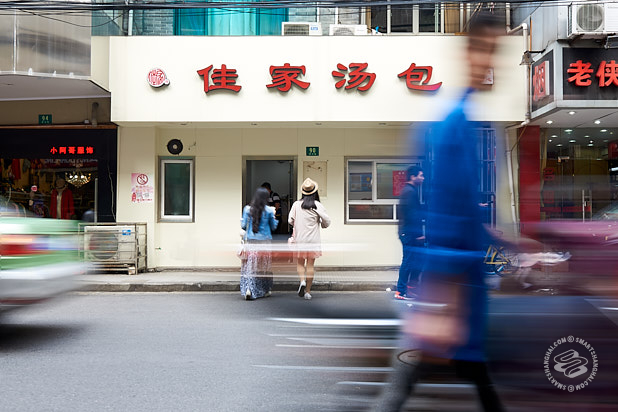
Jia Jia gets major points for being one of the few shops that actually steam their dumplings to order (many claim to), or at least keep them moving through the wrap-steam-serve process in a rolling cycle, so you never end up with a dumpling that’s been sitting around like an abandoned kid at a train station. A sitting dumpling is a sad dumpling. I measured this; after 10 minutes, the skin swells about 25% and just gets thicker from there. What you want is a hot dumpling, when the skin is at its thinnest and most pliable and before it has absorbed any of the soup.
Jia Jia gets points off for being “out of” the plain pork soup dumplings, which were 13rmb for 12 dumplings when I wrote this, at some arbitrary time every day. It doesn’t take a genius to figure out what’s going on, especially when you can usually see a big bowl of ground pork (with an itty bitty layer of crab on top) in plain sight. They are not out of pork. They are never out of pork. What they are out of is patience for low-margin pork dumplings. Instead, you are more than welcome to order the crab and pork dumplings (30rmb) or, even better, the pure crab roe dumplings (99rmb). Fortunately, both are excellent.
If you don’t want to bother with the lines at Jia Jia, Lin Long Fang is owned by the same family and the filling is made at the same central kitchen in Pudong. There is one difference. Lin Long Fang uses a pinch of salt in their dough.
A little less about Fuchun Xiaolong
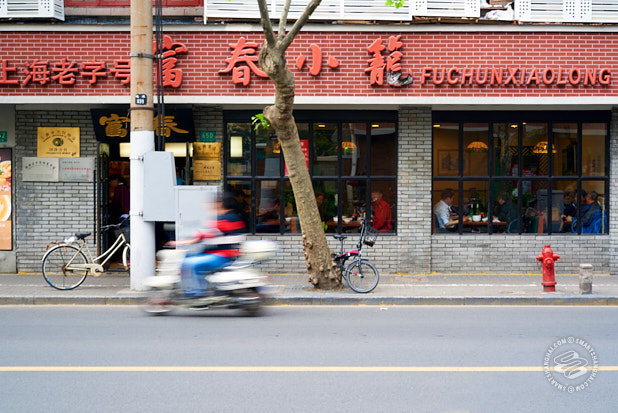
Fuchun is everywhere these days, in malls and out in suburban developments and dressed up like the 1930s and whatever. There’s nothing wrong with going to any of those other locations, in terms of dumplings, except that this is the original shop, where you get to fight with grandmothers for seats and there is a scallion pancake place around the corner that is as good as that hunchback guy’s. (The scallion pancake stall faces Zhenning Lu – to your right as you exit Fuchun – and is about as wide as a dictionary. The guy uses lard and the griddle-bake method, both crucial factors.)
To Shanghainese, Fuchun is much more than just a soup dumpling restaurant, and there’s a whole menu to accommodate them. Abstain. Fuchun’s soup dumplings are delicious but they are intense. They sell them by the half-dozen for a reason. Think twice before ordering a full steamer, especially if you have stuff to do for the rest of the week.
3. Din Tai Fung
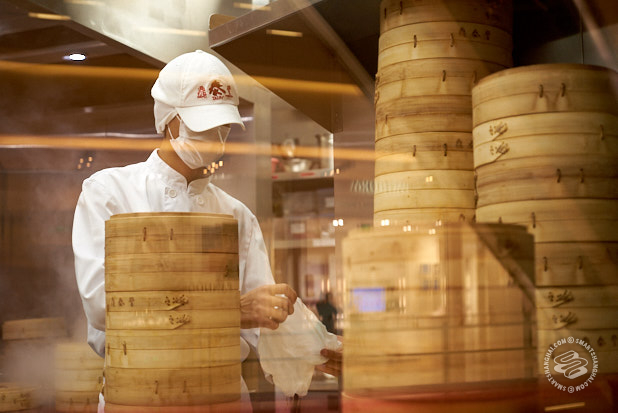
Din Tai Fung, lightning rod of white-people-talking-about-Chinese-street-food-world. Number three on the definitive list of how to experience the soup dumpling. Going to make some people angry. Going to make some dumpling enemies. Deep breath – let’s just say it. Din Tai Fung is absolutely splendid. Stylistically, a Din Tai Fung soup dumpling falls under the Jia Jia Tang Bao rubric, a milder flavored filling and a very thin skin, and technically, it’s pretty much raised to perfection with a million folds at the top. (The owner of Jia Jia once vented to me about DTF, saying “Do you know how much all those folds cost?!?! If I made my girls do that, they’d all quit tomorrow!”)
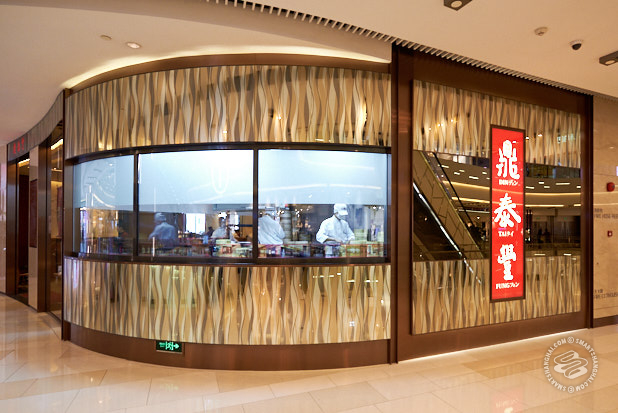
Anyone who has ever worked in F&B walks into Din Tai Fung and immediately gets it: Professionals. Anyone who has ever worked in F&B in China walks into Din Tai Fung, immediately cries and then wonders in awe, “how the fuck do you get THAT from THIS?”
Din Tai Fung is just on another level.
One of the biggest lies that its detractors tell is that Din Tai Fung is for tourists and expats. I’ve spoken to DTF management. At Shanghai Centre, which is where you would expect the most expats, 60% of the customers are Chinese. At Grand Gateway, 90% of the customers are Chinese. Din Tai Fung is not for expats and tourists (although of course both are welcome).
The other argument comes from people who make some awful conflation between authenticity (don’t get me started), price, hygiene and poverty. These people are idiots. Chinese food can have nice service and soup dumplings can have a nicely designed space. So what if they cost a little more?
4. Nanjing Tangbao
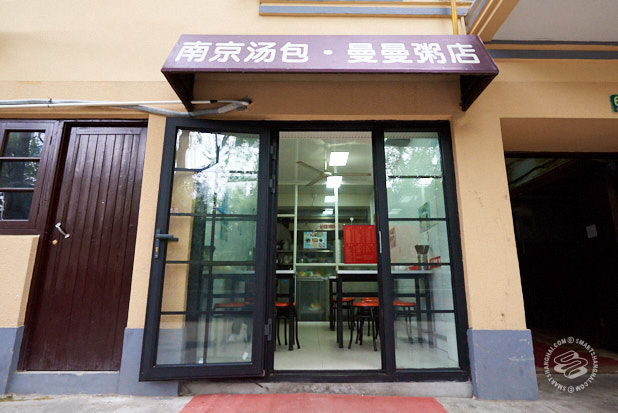
This used to be an endearing and ramshackle neighborhood operation that spilled out onto the sidewalk and punched above its weight. That type of mess is no longer tolerated in New and Proper Shanghai and Nanjing Tangbao is now a tiny indoor shop about the size of a lifeboat. I went for a refresher recently, and to be honest, the soup dumplings here aren’t stellar, but there’s still one I like – the “shepherd’s purse” variety. That’s a mild-flavored green leafy vegetable, mixed with pork, and it’s usually in the filling for wontons, not soup dumplings. The dumplings don’t have that much soup, the wrappers aren’t that thin, the women who work there aren’t that friendly, and the dumplings aren’t that cheap. A glowing review! Still, it’s something different.
5. Number One Master of the Universe Zun Ke Lai
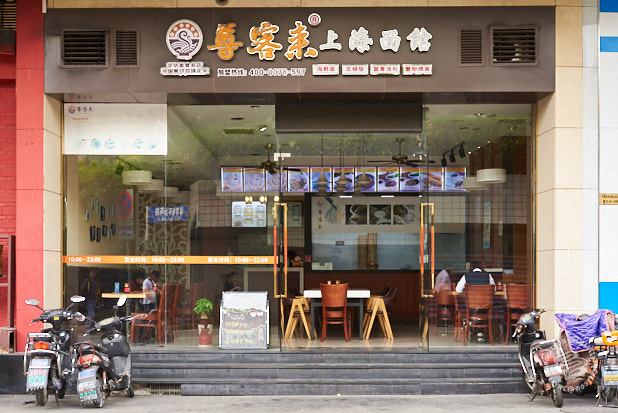
Zun Ke Lai was my number one place on the index, the home of the city’s best dumpling engineers. Really just one: a soup dumpling superwoman in her 50s whose every dumpling was gossamer thin and perfectly pleated. I went back recently to check in and I’m sad to say she’s no longer there. The dumplings are still made to order and they are still good but no longer best-in-the-city good. I don’t know where my superwoman has gone. Perhaps back out to Qibao, where the original Zun Ke Lai store is, a big operation that sells up to 30,000 soup dumplings a day (and I suppose where she honed her superpowers). I’m not sure. Even I’m not going out to Qibao, an hour out of my way, to eat soup dumplings. As for this location, its time seems limited. In early spring 2017, the rumor was that all of the restaurants and stores around the stadium, including this one, were going to be kicked out.
6. Shan Shan
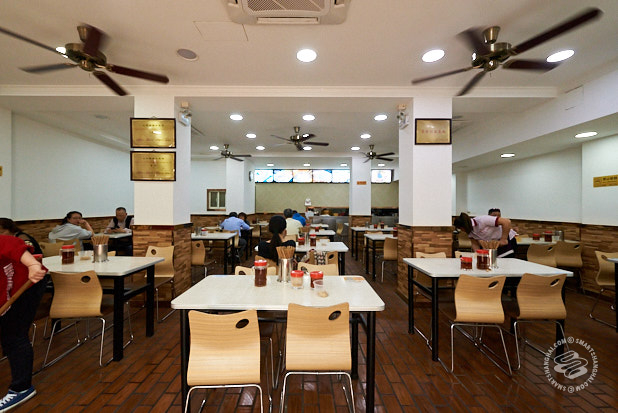
Shan Shan is not on the tourist map. It’s 100% by Shanghainese for Shanghainese. For the longest time, it had that grimy, state-owned canteen vibe about it, doing no-frills Shanghainese snacks for the masses. It’s revamped the décor a little bit, but it still does the no-frills snacks, and it’s full of families and single guys inhaling them. The standard order here is a basket of soup dumplings (six to the basket, don’t fuck up and get the giant Wuxi style ones) and a plate of pot-stickers (four to the order).
Shan Shan’s soup dumplings fall somewhere between Jia Jia and Fuchun and that’s why they’re special. The wrappers are thin but not precious, and the pork is porky enough for a purist but not overwhelmingly intense. Shan Shan, the diplomatic soup dumpling. Also, you know the pot stickers are good because: a) crunchy crust, b) they leave your lips sticky and c) you feel sick after eating them.
7. Lao Sheng Chang
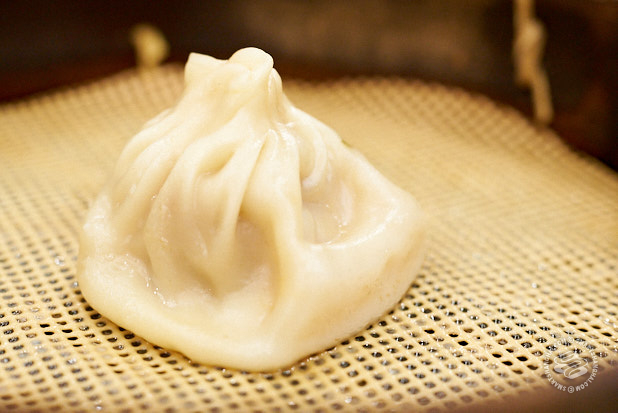
No easy way to put this: Lao Sheng Chang is a hard dumpling to swallow. But the point of this article is meeting the whole crazy soup dumpling family, right? You’ll never, ever hear about Lao Sheng Chang in the English-language press because it does sweet meat, and that’s a foreigner taboo. I’m no better. I don’t like the dumplings at Lao Sheng Chang. The soup is a shade lighter than Coca Cola and only a little less sweet. But I’m obligated to point it out because it is representative of an entire family of soup dumplings you might not know exist, a whole other side of the family: Suzhou and Wuxi soup dumplings. They are usually bigger, sometimes twice as large as a Shanghai-style soup dumpling. They typically season the meat with soy sauce. They always use sugar. And they are everywhere in Shanghai. Lao Sheng Chang is a big depressing fast food chain that’s well-known for their Suzhou-style soup dumplings and I chose this branch because it had a good Dianping score. I don’t think it matters. Go to whatever’s close and check these off your list.
8. Yu Gardens and Nanxiang Mantou Dian
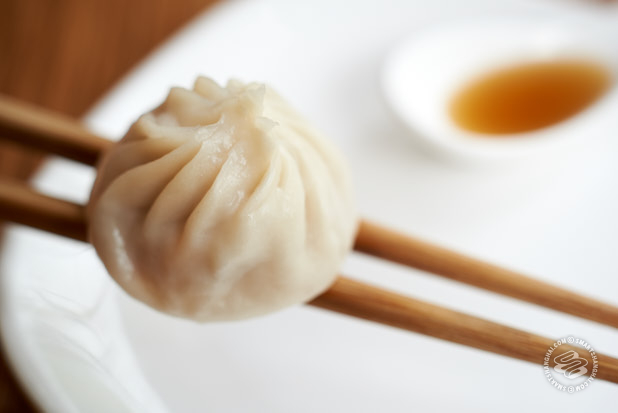
Yu Gardens, the biggest tourist trap in Shanghai. No, you shouldn’t go and well, sometimes, you just have to. In case you find yourself here, compelled by history or family or the Lonely Planet to eat soup dumplings in the same place where some guy set up a cart selling soup dumplings a hundred years ago, you will need a strategy.
It’s quite simple, actually. Look at all the poor out-of-town folks standing in line on the ground floor at Nanxiang Mantou Dian, slowly shuffling forward for their chance at an Authentic! Soup! Dumpling! Look, and then politely say excuse me, and head up the staircase to the third floor.
You will not be missing anything. The soup dumplings on the ground floor are designed to suck. It’s in the process. They are made differently, made to be mass-produced (though still by hand), made to withstand multiple swings of a badminton racket and not burst. They are a disaster. In less subjective terms, they have the thickest skins of any soup dumpling – according to science — in Shanghai and the easiest amount of soup to measure: none. They are a meatball in a bun.
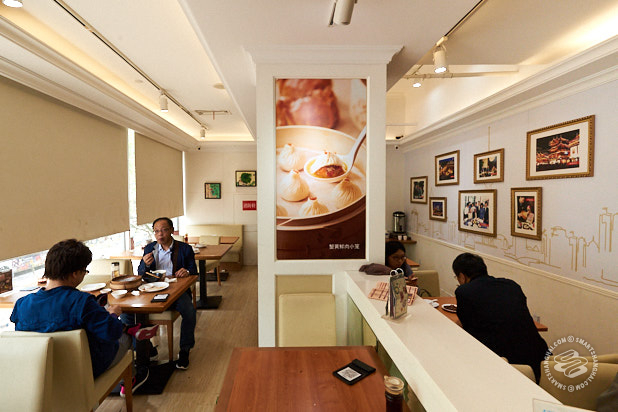
The third floor, by contrast, is pleasant. It is a proper sit-down restaurant with waitresses and chairs, not a tourist scrum, and the soup dumplings are made the way they should be, with thin skins and a lot of soup. (I would call them Jia Jia school dumplings except that this restaurant was around for about 80 years before Jia Jia even got started.) There is a throwaway minimum charge, which you can easily meet with some dumplings and a drink.
Alternatively, you could just skip Yu Gardens altogether and be a modern Shanghainese citizen and get your history at the mall. Nanxiang Mantou Dian is now a chain – it’s Shanghai, of course it’s a chain, everything is a chain – with locations all across the city. The nice thing about soup dumpling chains is that even when they became as big as this one, the dumplings are still made by hand, and here, they are still steamed to order. I’m partial to the one in the mall at Wujiang Lu. A fun fact I learned while filming an interview there once: the chain’s annual revenues are about 100 million rmb. Also, their cooks think my index is stupid.
9. Guyi Garden
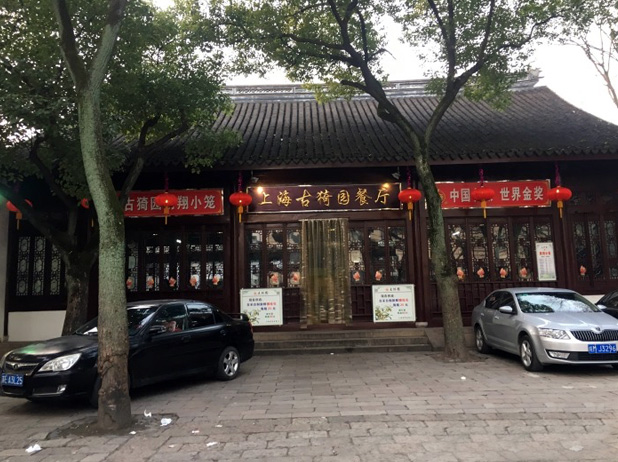
Homestretch here and I’m not letting you off easy. This isn’t some quick box you check off in downtown on your way home from work. Nope, Big Number Nine is the pilgrimage, the holy journey, the sacred trip to the gelatinous fountain from which all soup dumplings spring forth: Nanxiang. Why didn’t we get here earlier? Because, frankly, it’s just so-so and it’s an hour out of town.
There is an entire soup dumpling tourism industry in Nanxiang, buses full of soup dumpling tourists chasing soup dumpling restaurants and you know what? They are all the same. Doughy, uninteresting, boring. The dumplings, I mean. All except one, and that’s the original restaurant, the one started in 1871, Guyi Garden Restaurant, which does have fantastic China atmosphere, what with the black tiled roof and soaring lacquered beams and classical gardens.
The dumplings couldn’t ever live up to that, but they don’t even really try. The Shanghainese owner of another soup dumpling shop once told me that if he made dumplings the way they made them in Nanxiang, he’d be out of business, and he’s right. They are small, they don’t have much soup, they are thick-skinned and they are a let-down. But people don’t go to Mecca for the view right? If you want the soup dumpling blessing, you’ve got to go to Nanxiang.
10. A Bunch of Extra Credit Options
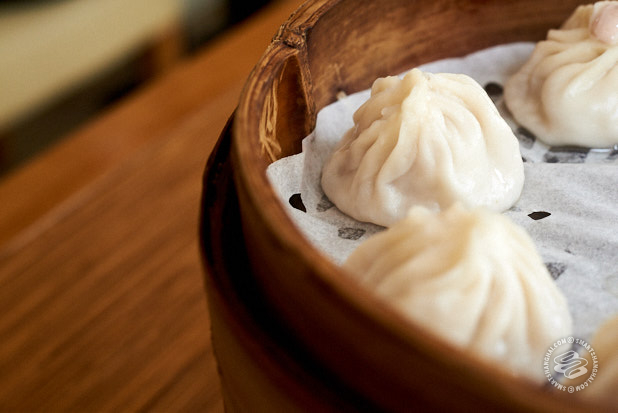
So when I did my big dumpling tour, instead of going to college like maybe I should have, I went to 52 soup dumpling restaurants. You probably don’t need to do that. However, I recognize that a mere nine soup dumpling restaurants might leave some of you scoffing at me, like, who is this goddamn dumpling lightweight? Remember, more than 30 of the places that I went to sucked. But if you insist, here’s a few more that might be worthwhile. Paradise Garden, a Singaporean mall chain that does novelty soup dumplings in flavors like ginseng or cheese with very thin skins. Wan Shou Zhai, a grimy, grubby, pushy shithole up in Hongkou district mostly notable for its dumplings being about 25% smaller than everywhere else. The Chinese media love it. Go figure. , a clean and perfectly acceptable dumpling shop except that it’s too far from my house. You Yi Cun, a real working-class shop up in Hongkou that the old state-appointed workers took over themselves when the market reforms hit. They didn’t change much. Jade Garden, which is a full-on restaurant with white tablecloths and crystal chandeliers and waiters who are polite enough to not smirk when you order a basket of soup dumplings and nothing else. And finally, while I hate to talk bad about any dumpling, I must warn you about the terrors of on Nanjing Dong Lu, where the soup dumplings are so big they are served with straws, so disgusting they picked a second floor location specifically so that it would be harder for you to run away and yet so powerfully alluring that hundreds of poor tourists are sucked into this soupy horror scene every single day. Don’t be one of them.
The Nitty Gritty Logistics
Soup dumplings are mostly a breakfast and lunch food, so if you’re going to set out on a quest, try not to do it at dinner. Some of these places may be open into the evening, but at the very least, you’re not going to be getting the best they have to offer. If you’re a tourist and using this as a guide, remember that breakfast in China means 6 or 7am and lunch starts around 11am, so if you’re jet-lagged and up super-early, hey, go eat some dumplings. Shan Shan opens at six. So does Fuchun. Jia Jia at 730.
If you’re planning to binge, I found that soup dumpling fatigue sets in after three shops, no matter how hungry you were when you started out. That held true for friends who came with me too. There’s some cosmic boundary there. Plan for three, then do something else.
The ordering process is usually straightforward. Find the counter. In a lot of the places, there will be long wooden tiles hanging behind it, which is the menu. If you can’t read Chinese, don’t worry about it. Tell them you want one long of xiaolongbao. A long is a steamer basket, and that’s the general term of measurement for how they’re sold. So you’d say: “yi long xiaolongbao.” One basket of soup dumplings. If you want to get fancy, or you’re at a place where there are multiple varieties, you’d say “yi long xianrou xiaolongbao”, which will get you a basket of pork soup dumplings. You’ll get a little receipt. Find a seat. At Fuchun, you have to actively lurk and stand behind whoever you think is going to finish soon until you’re both so uncomfortable that they get up and leave and you sit down and feel guilty. Give your ticket to a waitress – always a waitress, never a guy, don’t ask – and you’re done.
And So… How to Eat Xiaolongbao
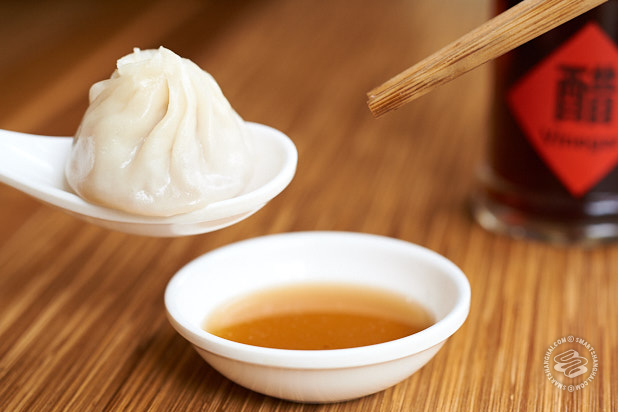
When the dumplings come, they should be hot enough to burn you. You’ve got to have some method. The most common one is to move the dumpling from the basket to a spoon – I’m assuming you’ve got a spoon now – and then take a tiny bite in the side of the skin, like a rat chewing through a packet of pasta. Then, through that little hole you’ve got there, you suck out the soup. By this point, you’ll have noticed a small side dish that either came with the dumplings or was on the table. That’s for vinegar, also on table. Now you dip the dumpling in the vinegar, and eat it.
That’s accepted soup dumpling strategy. It’s kind of a pain in the ass. My strategy is different. I just wait. A minute. Two minutes. Long enough that I don’t get burned.
And then I eat the whole damned thing.
***

![[How to]: Eat](https://www.life-china.com/wp-content/uploads/2019/07/1493021479.jpg)
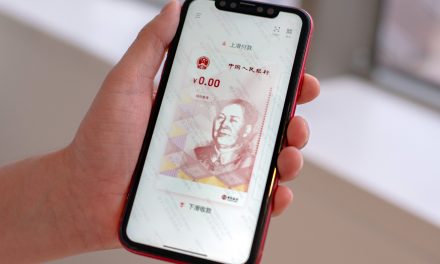

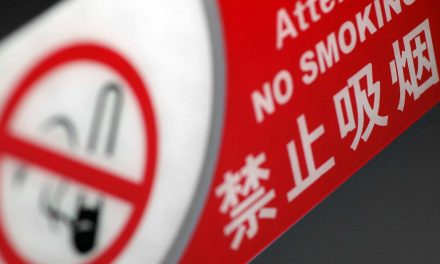
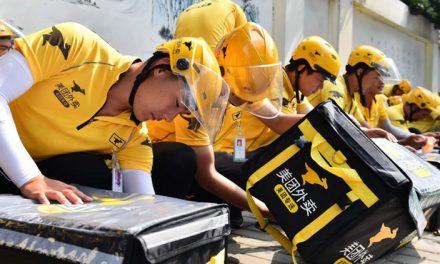
Recent Comments